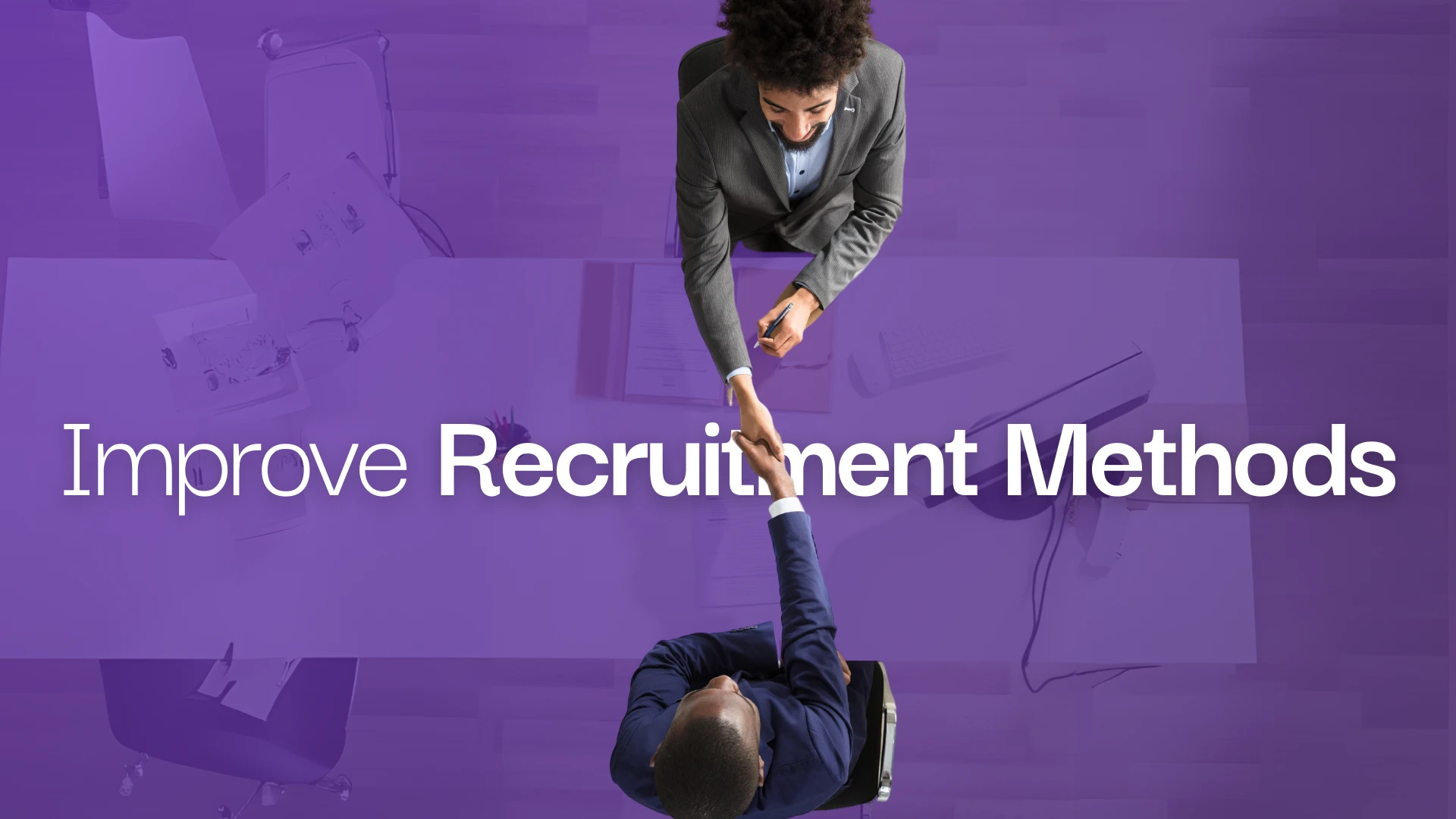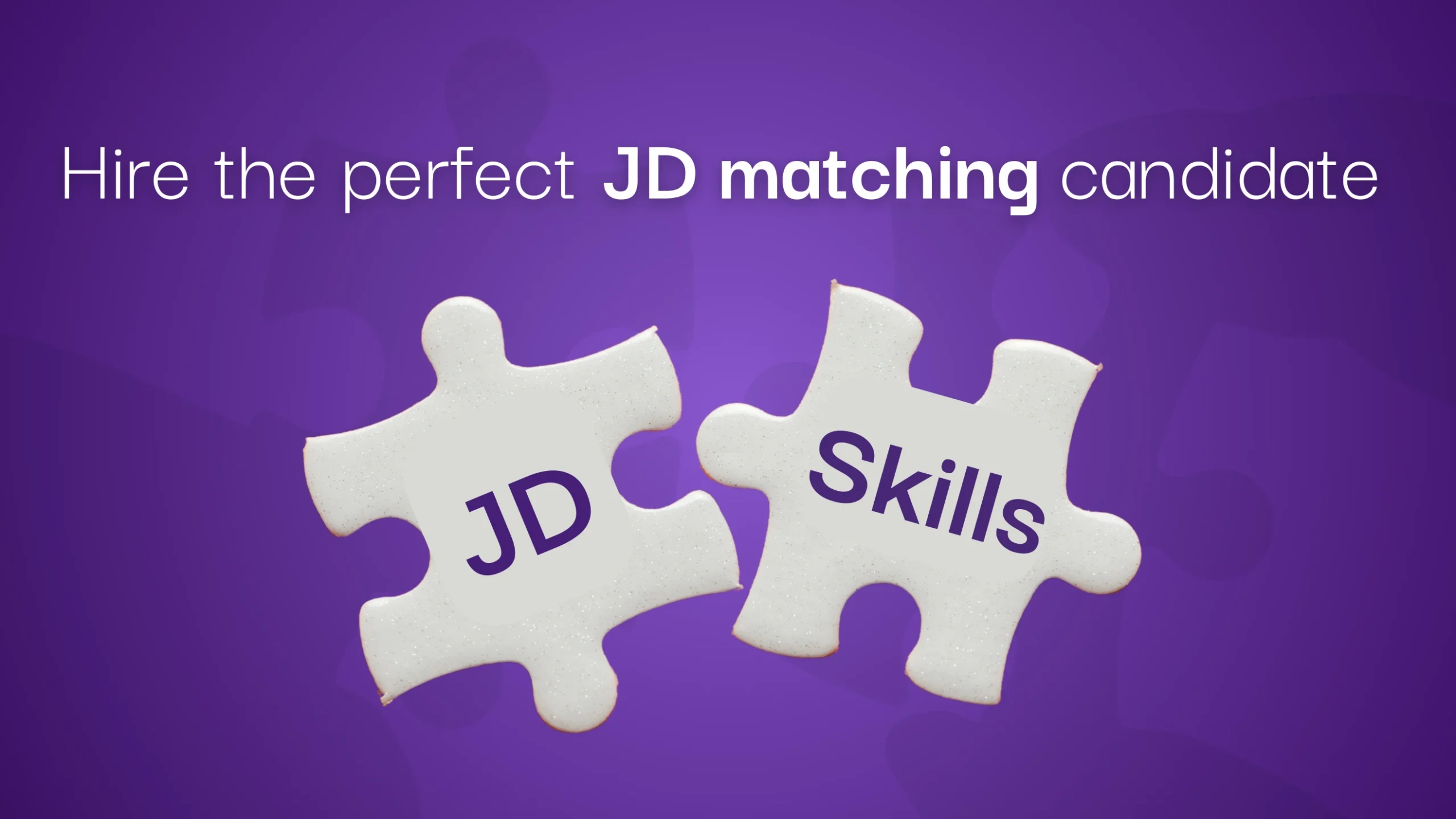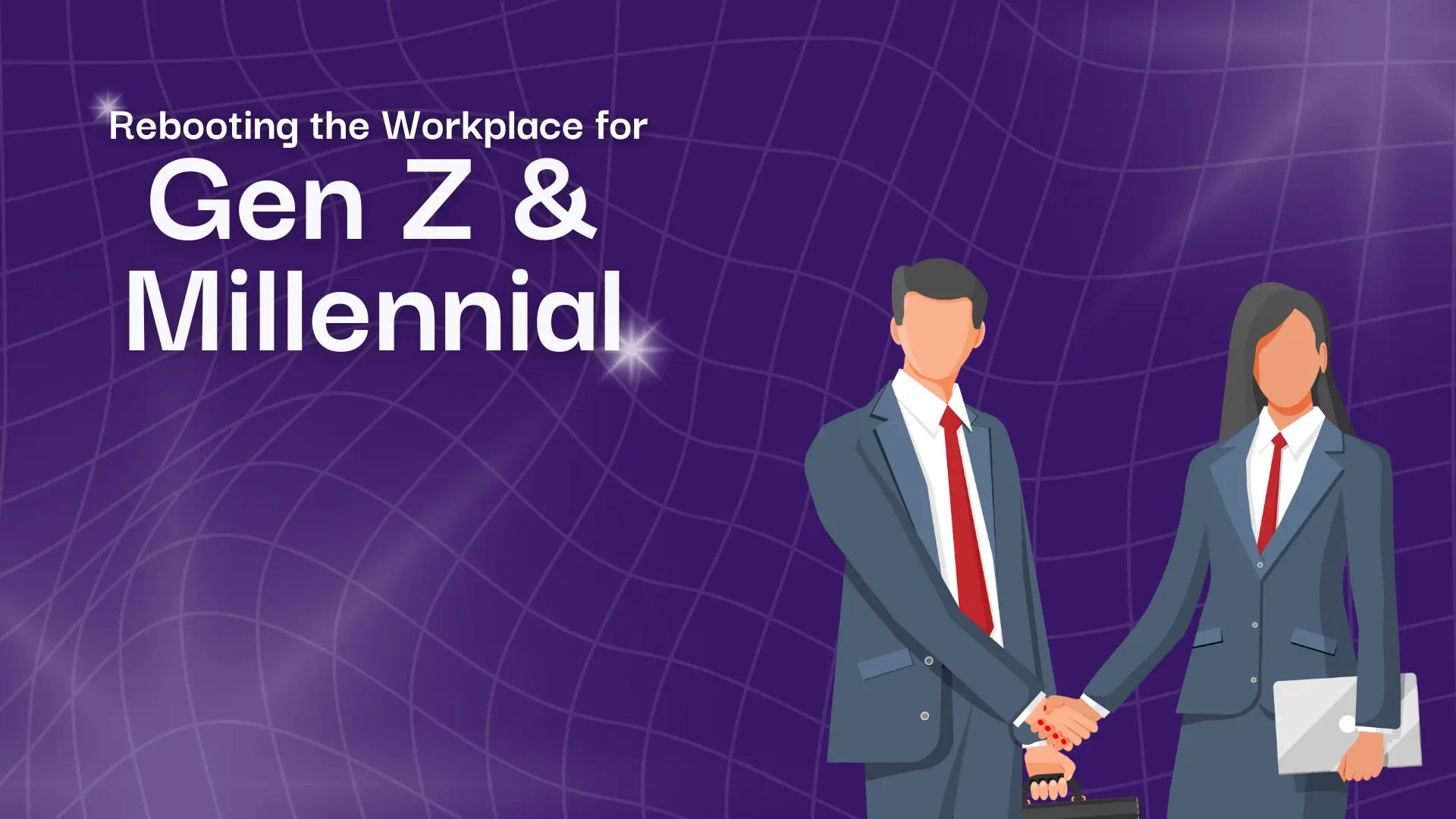It is not straightforward to find the right talent, and while building a strong team is important for any business, it can be difficult. Finding the right talent involves more than just fulfilling skill requirements; it also involves identifying individuals who align with your company’s values and mission. However, in terms of the modern rollercoaster job market, attracting and retaining top talent is no straightforward challenge.
Below, find 7 ways you can strengthen your talent acquisition strategy to promote organizational growth and success.
1. Reconsider how we think about cultural fit
Hiring for “cultural fit” has been a widely used approach for years. But too much homogeneity can foster herd mentality, stifling innovation and novelty ideas. However, keep in mind that it’s crucial to hire individuals who align with the team’s culture, bring in people who bring positive energy, and collaborate effectively with the team. However, don’t be afraid of someone challenging your preconceived notions, as they may have a more innovative idea. Research demonstrates that a diverse team fosters creativity, innovation, and revenue growth more effectively than a less diverse one. You enable innovation via a more diverse workforce that is better equipped to address the nuances of global markets.
2. Deliver relevant candidate experience
In today’s candidate-driven job market, companies need to showcase their talent, not the other way around. The experience a successful candidate has during this process will likely influence their decision to join your team. Creating a unique experience for every single candidate will put you above all your competitors. The smallest details, such as knowing the candidate’s name, following up on time, and essentially caring about their career aspirations, will go a long way. It’s important to treat candidates as individuals, not just as a collection of resumes. However, even if they ultimately never join your team, their time should be a good one—and it might convince them to consider you down the line or refer others.
3. Employee Development Investment
People are undoubtedly the most valuable asset any company possesses. Although I want them to arrive with training and tools, this is no longer the case. Even better, organizations that invest in growing employee career paths effectively improve their teams and stability within the company, which in turn benefits their customer base. Any training shows you care about your employees and want to help them grow. Everyone benefits from this investment, including your competitors, as it will result in a more trained and ambitious team that is less likely to leave in pursuit of career advancement.
4. Build a Strong Employer Brand
For instance, consider the likes of Google or Starbucks. They have established a strong brand recognition that drives high performance without requiring any additional effort. Why? Popularity comes from their actions and employee treatment. Potential candidates will no longer seek employment from companies that have a poor reputation, either in their operations or the treatment of their workers. Good employer branding is all about presenting your organization as a wonderful workplace. Use employee testimonials, emphasize your company values, and position yourself as an organization that cares for its employees. Building a strong employer brand helps you attract talent and keep your best employees, ultimately improving the performance of your business.
5. Retention vs. recruitment
Attracting new talent is exciting, but retaining your current workforce is equally important (if not more so). The high rate of turnover can prove to be very expensive and disruptive. In the end, your obsession with creating an environment where people truly feel valued and respected (and want to stay for a long-lasting relationship) will make them love you for who you are, even more than what you bring. Learn what your team wants from you professionally and personally by staying in touch. Maintain a supportive attitude toward their welfare, invest in mental health support, and promote flexible working whenever possible. The more your employees feel like you care for them, the better their chances of staying loyal to your company and turning into long-term contributors to make sure that it grows.
6. Train Your Recruitment Team
The team executing your talent acquisition strategy determines its success. As hiring dynamics evolve, your recruitment team needs to be up-to-date on the latest trends and best practices. It’s essential to provide ongoing training for your recruitment team so they can improve their skills and adapt to new tools, technology, and candidate expectations. An informed and skilled recruitment team is your biggest asset in sourcing, attracting, and retaining top-tier talent. Don’t underestimate the value of continued education for your team.
7. Embrace flexibility and adaptability
The recruitment landscape is constantly changing. Five years ago, remote hiring wasn’t as prevalent, but now it’s a standard practice for many companies. To remain competitive, your talent acquisition strategy must be flexible and adaptable. Regularly review your recruitment policies, analyze what’s working, and be open to adopting new methods or technologies that could improve your process. By staying adaptable, you ensure your organization is always prepared for what’s next in the world of talent acquisition.
Your talent acquisition strategy isn’t just about filling roles—it’s about building a sustainable, high-performing team that will help your organization thrive. By focusing on diversity, personalization, employee development, and a strong employer brand, you can create an environment that attracts and retains top talent. And by continuously adapting your approach, you’ll ensure your strategy evolves alongside the ever-changing recruitment landscape.



